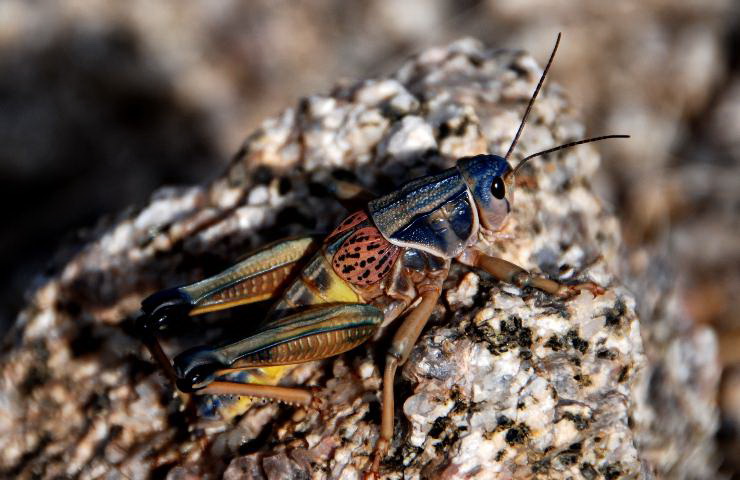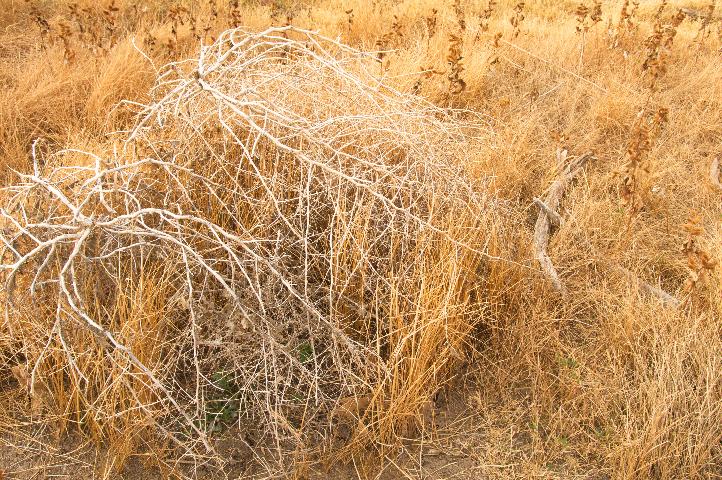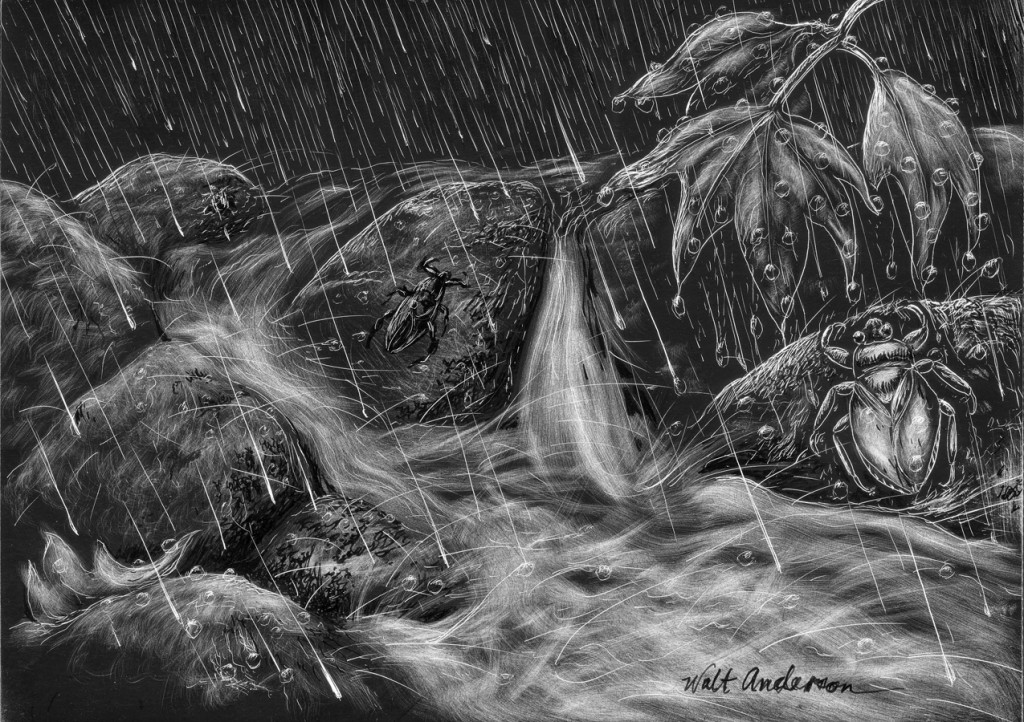Sitting in a burlap blind at the edge of the vast Malheur marsh in SE Oregon, my camera on my lap, I knew I might have hours to wait before some creature appeared within range of my lens. I was new to wildlife photography, but I was aware that constant vigilance was a price the photographer must assume for success. Continue reading
Tag Archives: insects
In Defense of Tumbleweeds
Drifting along, like a tumbling tumbleweed. That catchy tune warbled by the Sons of the Pioneers somehow epitomizes nostalgia for the Old West. Never mind that the tumbleweed is a carpetbagger, an interloper, an émigré otherwise known as Russian thistle. I’ve heard tell that the Russkies sent it here as a kind of biological weapon, a plague on our plains, a prickly infestation designed to lay waste to our grasslands, to overwhelm us with its ability to take any of our attacks against it and come back stronger than ever. Where is the real truth here? Continue reading
Where do Toe-biters go when it Rains?
Where Do Toe-biters Go When It Rains?
- Floodbug
Curiosity is a well-known field mark of a naturalist, and I have learned to indulge my curiosity when an opportunity arises. Some years ago, I stayed with friends in the Chiricahua Mountains of SE Arizona, one of the dramatic “sky islands” of the Southwest. Back in the cooler, wetter Pleistocene, the forests marched across the valleys, allowing free commerce for animals and plants among the ranges. As conditions warmed and dried, the forests retreated to higher elevations, trapping survivors on habitat islands. Continue reading
Megadiversity of Moths
The scene: The Madrean Sky Islands, an archipelago of dozens of mountain ranges that unify the spirits of the Rockies and the Sierra Madre, the Sonoran and Chihuahuan Deserts. This is a land of astonishing diversity by almost any measure. The following story is based on a visit more than a decade ago to the Ash Canyon property of Noel McFarland in the SE part of the Huachucas, a range noted for abundant and varied birds, mammals, and reptiles.
But birds, mammals, and herps are not why I came to see Noel McFarland. He is a collector of diversity with a twist all his own. McFarland knows moths. I follow him through several rooms where he works. Noel collects more than moths, it seems, and twenty years’ accumulation of boxes, books, papers, and other memorabilia fills his spaces the way floral diversity fills a rainforest. Continue reading




